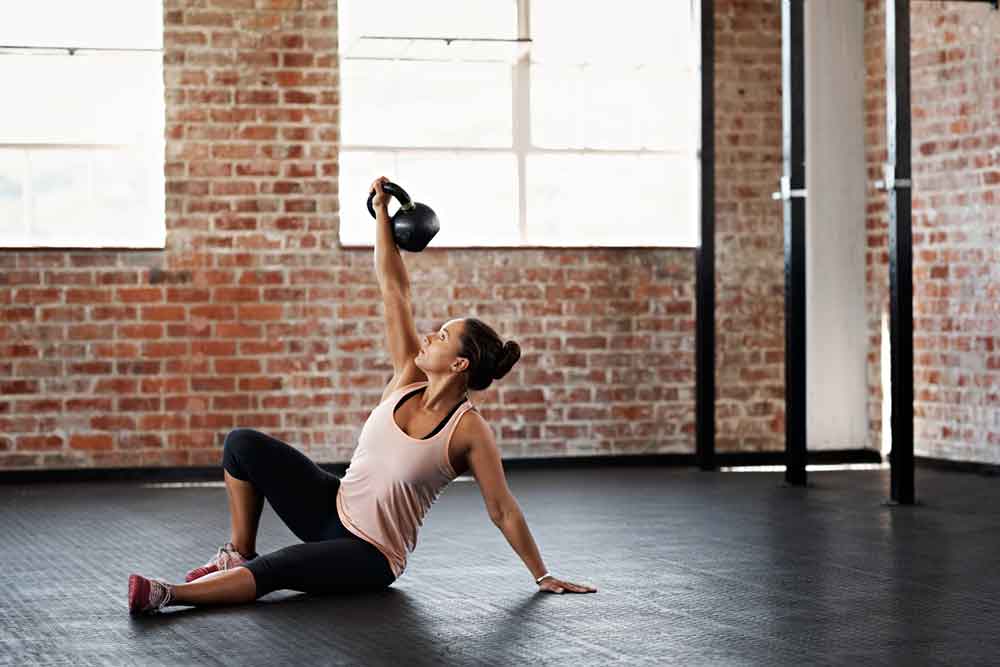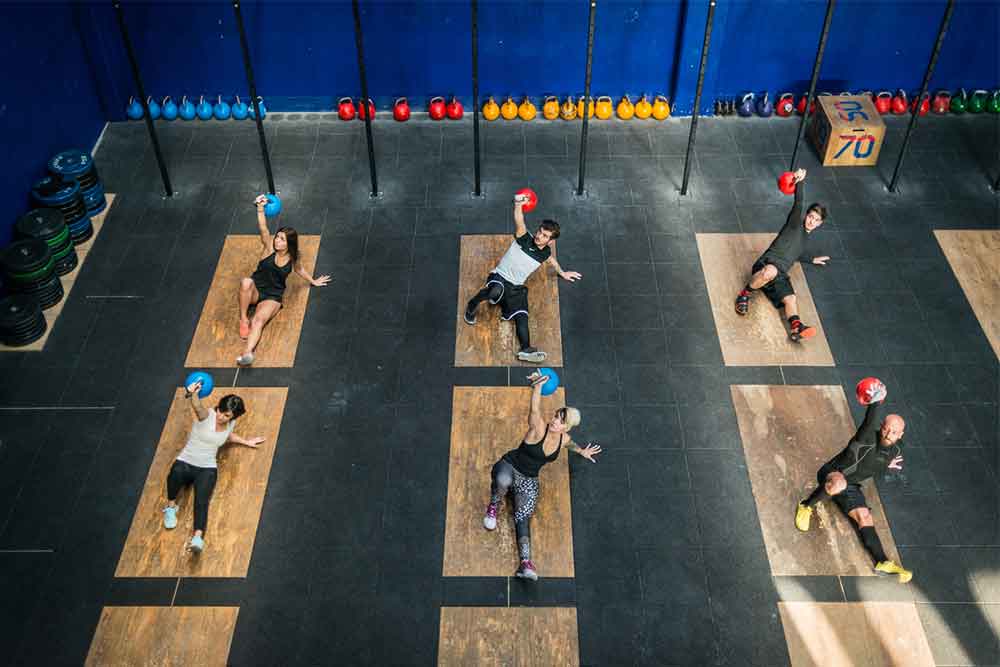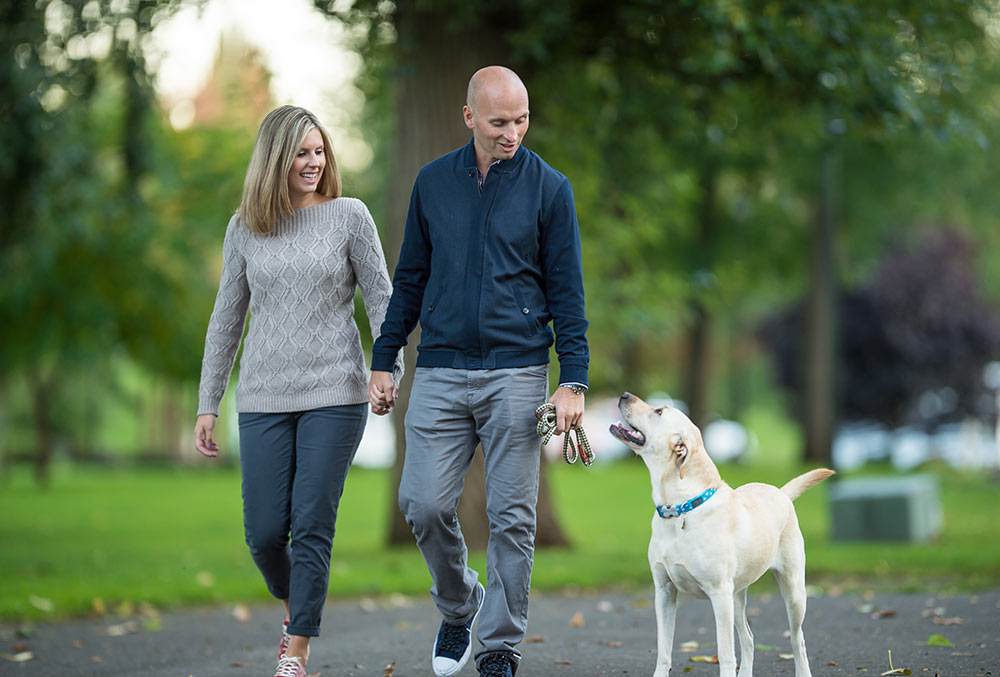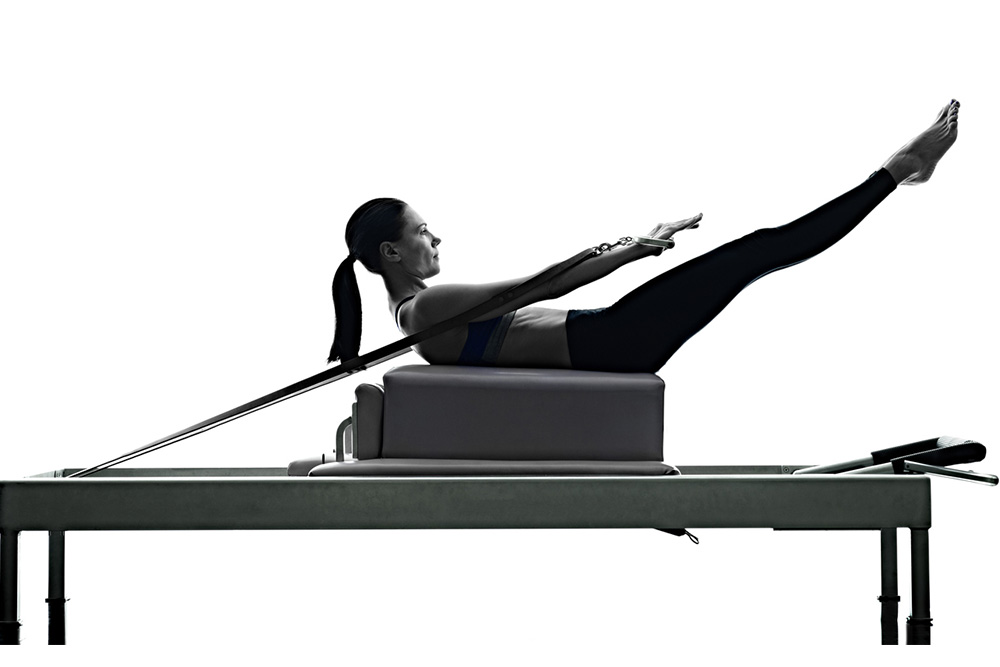What is prehab and why is it important?

If you have spent any time in the realm of health and fitness, then you would have heard the word ‘prehab’ bandied about quite a bit.
But what is it, and is it important?
What is prehab?
The word prehab is derived from the word ‘prehabilitation’ (which is short for ‘preoperative rehabilitation’), and it essentially describes a type of exercise that is most commonly employed before someone undergoes surgery (Wynter-Blyth, 2017).
See, surgery is a damn serious thing.
While it is often utilized to correct a major problem, the surgery itself can also induce functional declines and pain, while having a myriad of negative implications on quality of life. As such, prehab is the process of optimizing physical function through exercise before the operation occurs.
As a result, it ensures the maintenance of function during and after surgery.
Prehabilitation training can be a combination of aerobic exercises, strength training, and functional training – all of which are used based upon the needs of the individual.
Difference between prehab and rehab
So, what is the difference between prehab and rehab?
In short, rehab is short for ‘rehabilitation’, and it describes a type of exercise used to restore strength and function after a major issue has occurred – whether this issue is surgery or a type of injury, it does not matter.
Rehab simply offers a way to return your body to pre-injury (or pre-surgery) levels.
While there is a stark contrast as to when the two are implemented, it is important to note that under ideal circumstances they will both be utilized to get someone back functioning their best as soon as humanly possible.
The goal of prehab
I have already outlined that prehab before surgery is implemented with the intent to maximize function, thus mitigating the potential damage associated with that surgery.
However, within this, prehab offers a myriad of benefits (Gometz, 2018).
What are the benefits of prehab?
An effective prehab regime offers several very important benefits that will act to ensure you maintain function in the face of even the most serious of surgery. These benefits include:
- Improved posture
- Enhanced movement quality
- Corrections in muscle length, joint alignment, and flexibility
- Better core stability
- Increased muscle strength and power
- Greater neuromuscular control and functional movement capabilities
- More efficient movement
- Greater proprioception and balance
Like I said – some very significant benefits.
Importantly, prehab training has been shown to speed up the rate at which you will recover after surgery in a big way. Moreover, it has also been shown to accelerate the rate at which we return to pre-surgery levels of strength and function.
This alone holds importance to athletes and regular gym junkies alike.
Why should you prehab?
So, when and why should you prehab?
Well, as discussed, one of the primary reasons you may want to start undertaking a prehab exercise program is in preparation for surgery.
First and foremost, the surgery itself places a huge toll on your body. It results in the surrounding tissues (especially muscle and connective tissue) being damaged, and at times even completely severed.
Secondly, after surgery is completed, all your body’s available resources need to be directed towards recovery. While this is essential, it leaves very little left to maintain physical qualities such as strength and endurance.
Finally, surgery is typically followed by a period of immobilization. Although immobilization does facilitate tissue healing, it also causes a rapid loss of muscle strength, neuromuscular coordination, balance, and control.
As a result, if you have any type of surgery booked in, prehab is essential.
Prehab in preventing sports injuries
With all this information, it is important to note that the word ‘prehab’ has evolved over the years to also describe exercises aimed at preventing injuries from occurring in athletic and physically active populations (Huxel Bliven, 2013; Cools, 2015; Porter, 2015; Sewry, 2017):
In this manner, prehab to prevent injury provides many of the benefits outlined above, albeit in a way that will reduce injury risk.
While training to prevent injuries is far from a recent endeavor, it is only over the last decade that we have seen some sound evidence to support its implementation. Some well-established evidence in the realm of prehab to prevent injuries include:
- Improving eccentric hamstring strength to stave off hamstring injuries
- Enhancing lower limb proprioception to prevent ankle injuries
- Using plyometric exercises to reduce the risk of lower limb injuries
- Increasing scapula stability and shoulder flexibility to reduce the risk of upper limb injuries
- Developing core and glute strength and endurance to reduce the risk of back injuries
If I were to summarize this section in brief, I would simply state that incorporating some key prehab exercises into your training regime is a great way to prevent an injury coming along and derailing your progress.
Which leads us very nicely to our final section…
Best at home prehab exercises
Considering all this information, I wanted to finish off this article by outlining some of my favorite prehab exercises.
Each of these requires minimal equipment, is relatively low in intensity, and can be performed multiple times per week. As such, I would encourage you to perform them before any big training sessions, or even the first thing when you wake up every day.
You may also like: 10 Exercises For Holiday Travel & Recovery Tips
Single leg kettlebell swap
The single-leg kettlebell swap is a fantastic exercise that increases hip strength, core stability, and lower limb neuromuscular control.
More importantly, it is super easy to do.
Simply stand on one leg while holding a small kettlebell in one hand. Then, while keeping a nice upright torso, slowly transition the kettlebell from one hand to the other, completely moving it from one side of your body to the other.
The key here is to make this transition back and forth without losing your position. I should also note that your foot should not collapse inwards as the kettlebell is passed from side to side.
2 sets of 12 repetitions per leg are perfect here.
Bird dog
The bird dog is a great exercise that increases core stability, scapular stability, and glute activation.
Start on your hands and knees with your hands set directly below your shoulders and your knees set directly below your hips. Proceed to slowly lift and extend one leg behind you and the opposite arm out in front of you. Once fully extended, hold for a whole second before returning the starting position and repeating using the opposite limbs.
The key here is to tense your abs hard and keep your trunk your still as possible – it should not move throughout the entire rep.
2 sets of 12 repetitions per side are ideal.
Skipping
As silly as it may sound, skipping is the perfect way to introduce low-level plyometrics into your training regime while also working on coordination and balance.
Simply grab a rope and skip for 3-5 minutes – your body will thank you for it.
Nordic hamstring curl
Last but not least, we have the Nordic hamstring curl.
Before we get into the nitty-gritty details surrounding how to perform this movement, I need to add a bit of a disclaimer – unlike the other three exercises listed in this article, the Nordic curl is really quite challenging, so do not perform it before a training session.
Instead, perform it at the end of it.
Get on your hand’s knees and hook your feet underneath the bottom of a cable pull-down machine (or anything else you can find that has an opening a few inches off the ground) or get your training partner to hold your ankles down onto the ground.
Once your feet are firmly anchored, get into a tall kneeling position with your glutes squeezed hard. Proceed to let your torso fall forward as slow as you possibly can while keeping your hips locked. As you come forward, you should feel an incredible amount of tension in your hamstrings.
Maintain a gradual fall until you can no longer hold on, then fall to the floor, catching yourself with your hands. Push yourself back up to the starting position and repeat.
3 sets of 6 repetitions is a great start with these.
Take-Home Message
Prehab exercises are commonly used to prepare your body for surgery and accelerate the recovery process, or to prevent injuries from occurring.
With this in mind, they should be an integral part of every training regime.
So, start implementing the key prehab exercises listed in this article and make sure to let us know how they go!
References
Wynter-Blyth, Venetia, and Krishna Moorthy. “Prehabilitation: preparing patients for surgery.” BMJ: British Medical Journal (Online) 358 (2017).
Gometz, Alex, et al. “The effectiveness of prehabilitation (prehab) in both functional and economic outcomes following spinal surgery: A systematic review.” Cureus 10.5 (2018).
Huxel Bliven, Kellie C., and Barton E. Anderson. “Core stability training for injury prevention.” Sports health 5.6 (2013): 514-522.
Cools, Ann M., et al. “Prevention of shoulder injuries in overhead athletes: a science-based approach.” Brazilian journal of physical therapy AHEAD (2015): 00-00.
Porter, Tom, and Alison Rushton. “The efficacy of exercise in preventing injury in adult male football: a systematic review of randomised controlled trials.” Sports medicine-open 1.1 (2015): 4.
Sewry, Nicola, et al. “Exercise-based interventions for injury prevention in tackle collision ball sports: a systematic review.” Sports medicine 47.9 (2017): 1847-1857.
You May Like!



















































